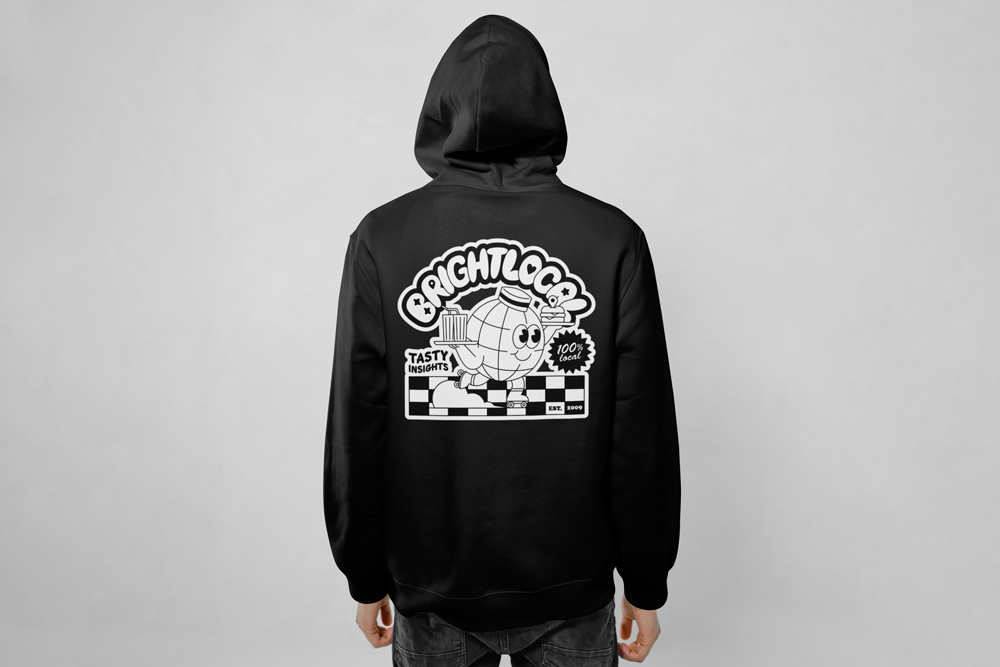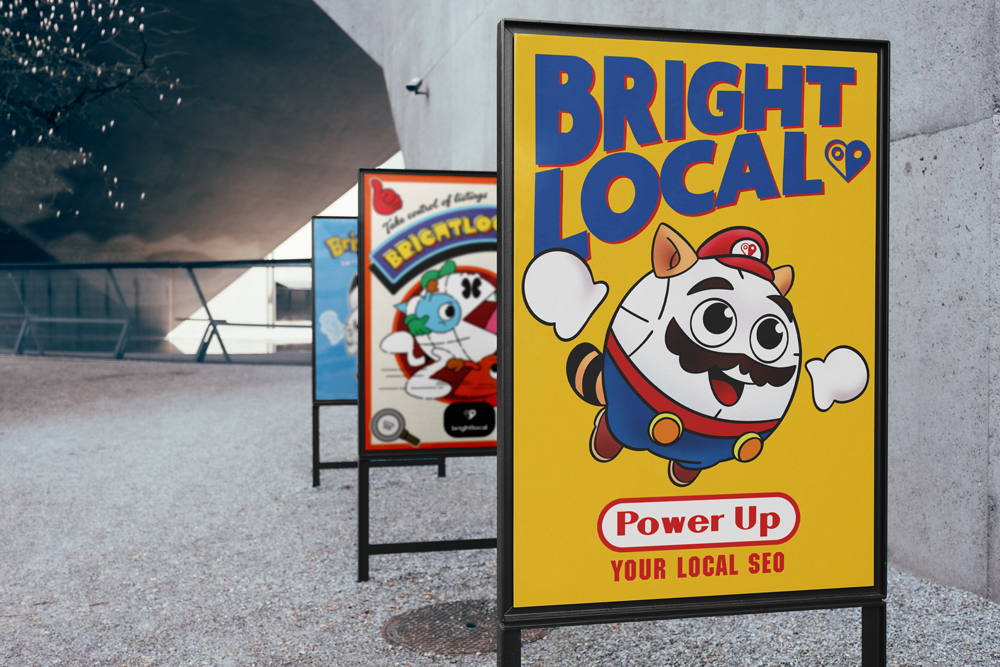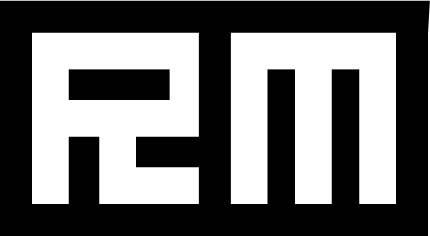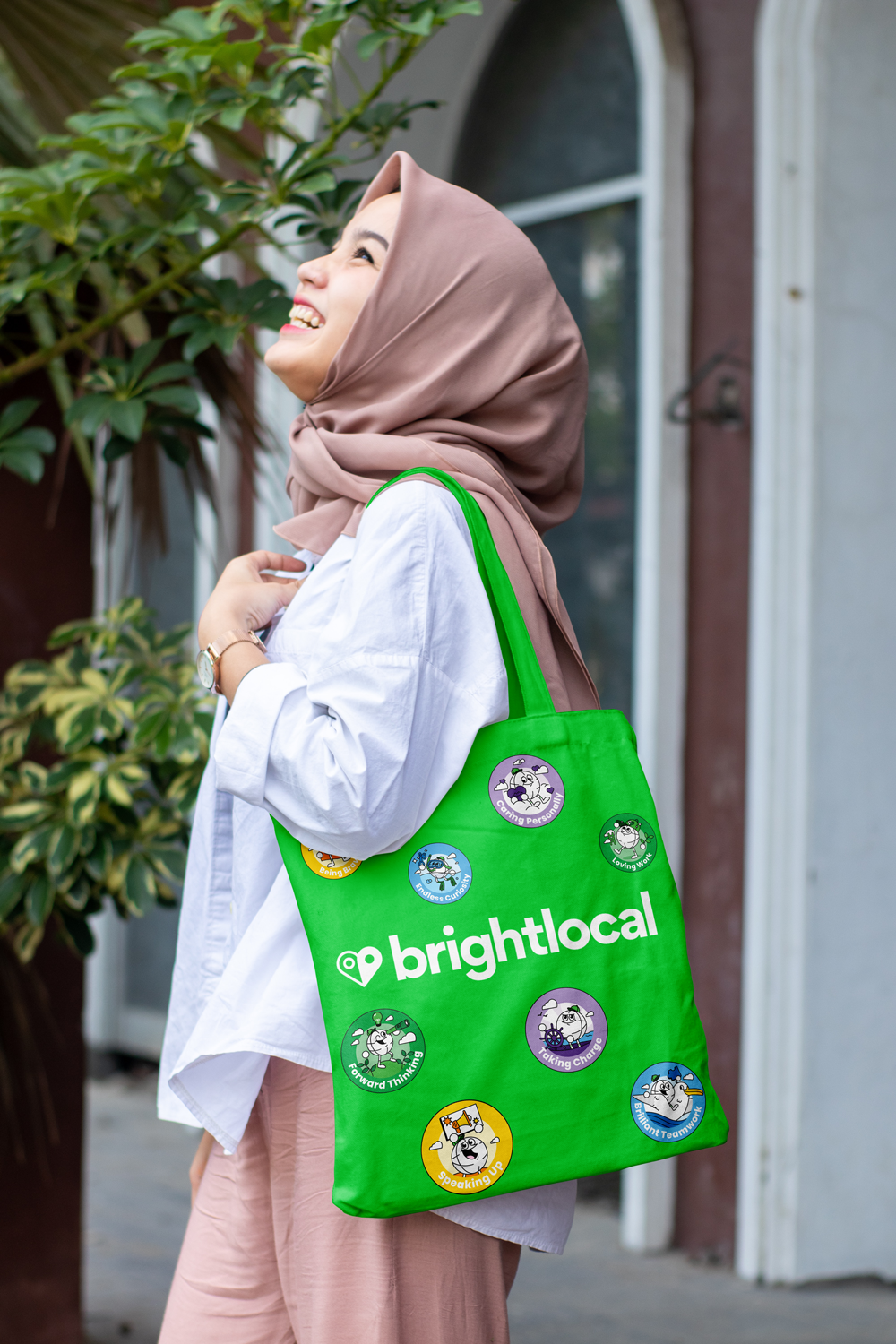
BRIGHTLOCAL
BrightLocal had reached a plateau. Revenue had stalled, and both the brand and SaaS product felt indistinguishable from the competition. The business needed a bold, creative shift, one that would cut through a crowded category, connect emotionally with customers, and position its platform as a bespoke, trusted tool for local marketers.
I was brought in to lead that transformation.
-
Over the course of 12 months, I directed a comprehensive creative and product overhaul. This spanned a company-wide brand refresh, including tone of voice, illustration, social, and experiential elements, alongside the development of a scalable product design system. I built a cross-functional creative team from the ground up, established new agile operating structures, and aligned product, marketing, and sales around a unified creative vision.
Led brand and product transformation from strategy through to execution
Delivered new brand identity, design systems, and tone of voice
Defined product design principles and rolled out cross-platform design systems
Built and scaled a high-performing internal design function (from 4 → 19)
Partnered with marketing and sales to launch GTM campaigns and collateral
Directed and managed external creative partners for key campaign and event work
Disciplines: Brand Strategy, Creative Direction, Product Design, UX/UI, Design Systems
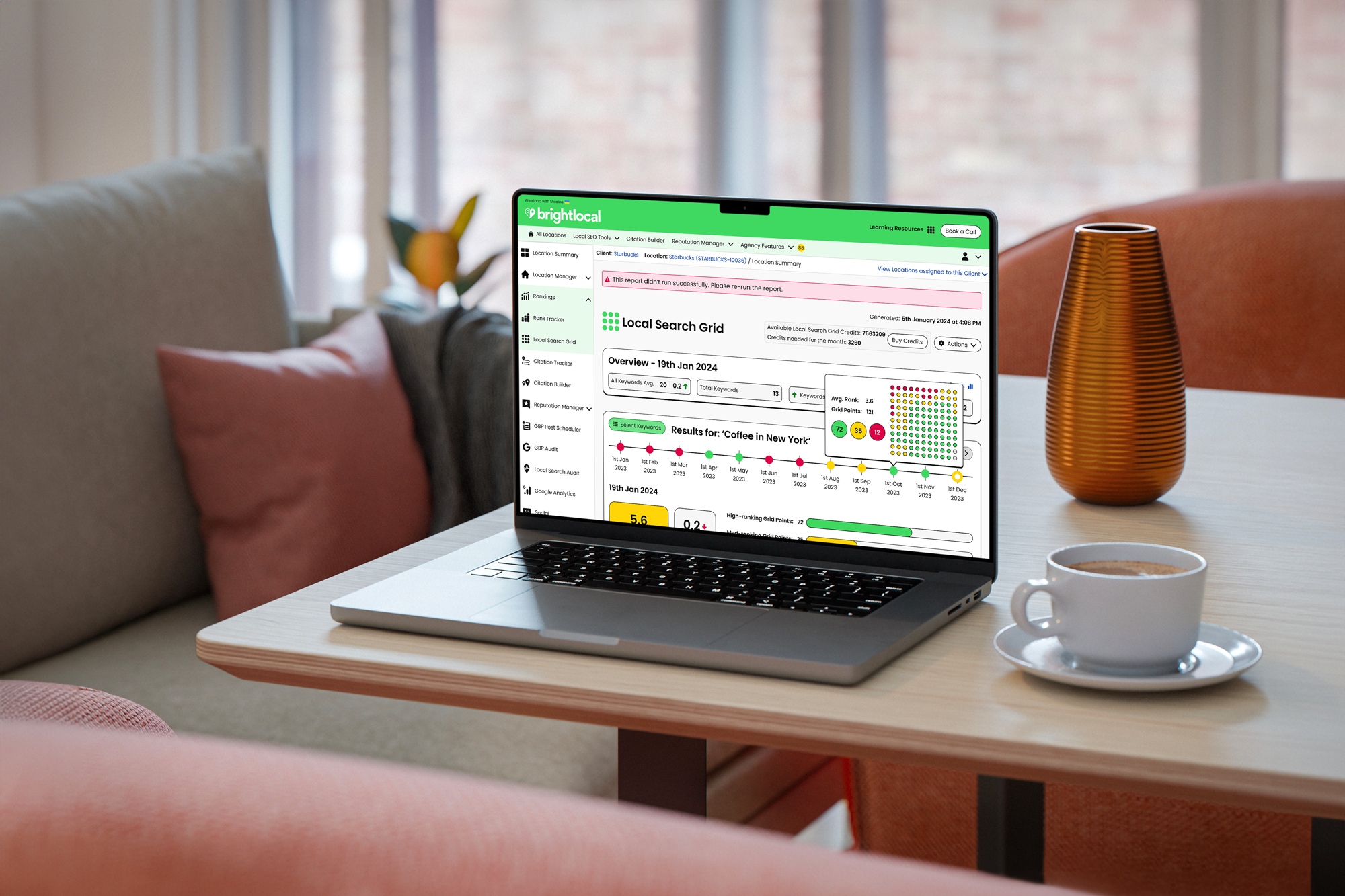
Strategic Insight
An internal audit revealed major inconsistencies across the product and brand. Outdated assets, fragmented visuals, and zero brand distinction, even internal teams couldn’t tell BrightLocal apart from competitors.
Focus groups confirmed the disconnect. The brand felt dated, and the product lacked trust. Onboarding relied on long videos, and bounce rates were high.
The real insight? Design had been sidelined. I set out to make it central to build a design-led culture focused on clarity, consistency, and confidence
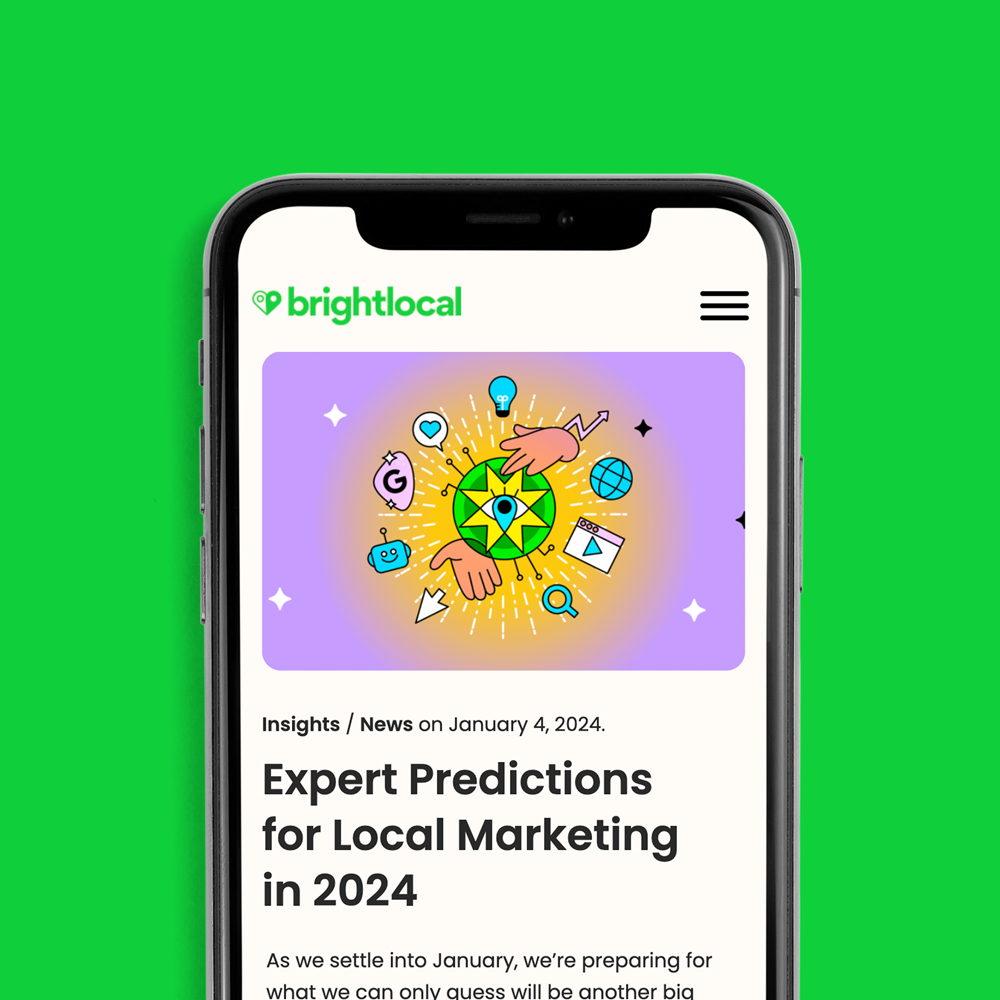

Challenges
The platform was split across three codebases, slowing design velocity and creating inconsistency. The team I inherited was small and lacked key specialisms; there was no UX researcher or systems designer in place.
The biggest hurdle was getting C-suite buy-in. Redesigning both product and brand meant reshaping internal perceptions of design itself. I led that charge, educating stakeholders and building alignment around the value of design as a growth lever, not just a visual layer.
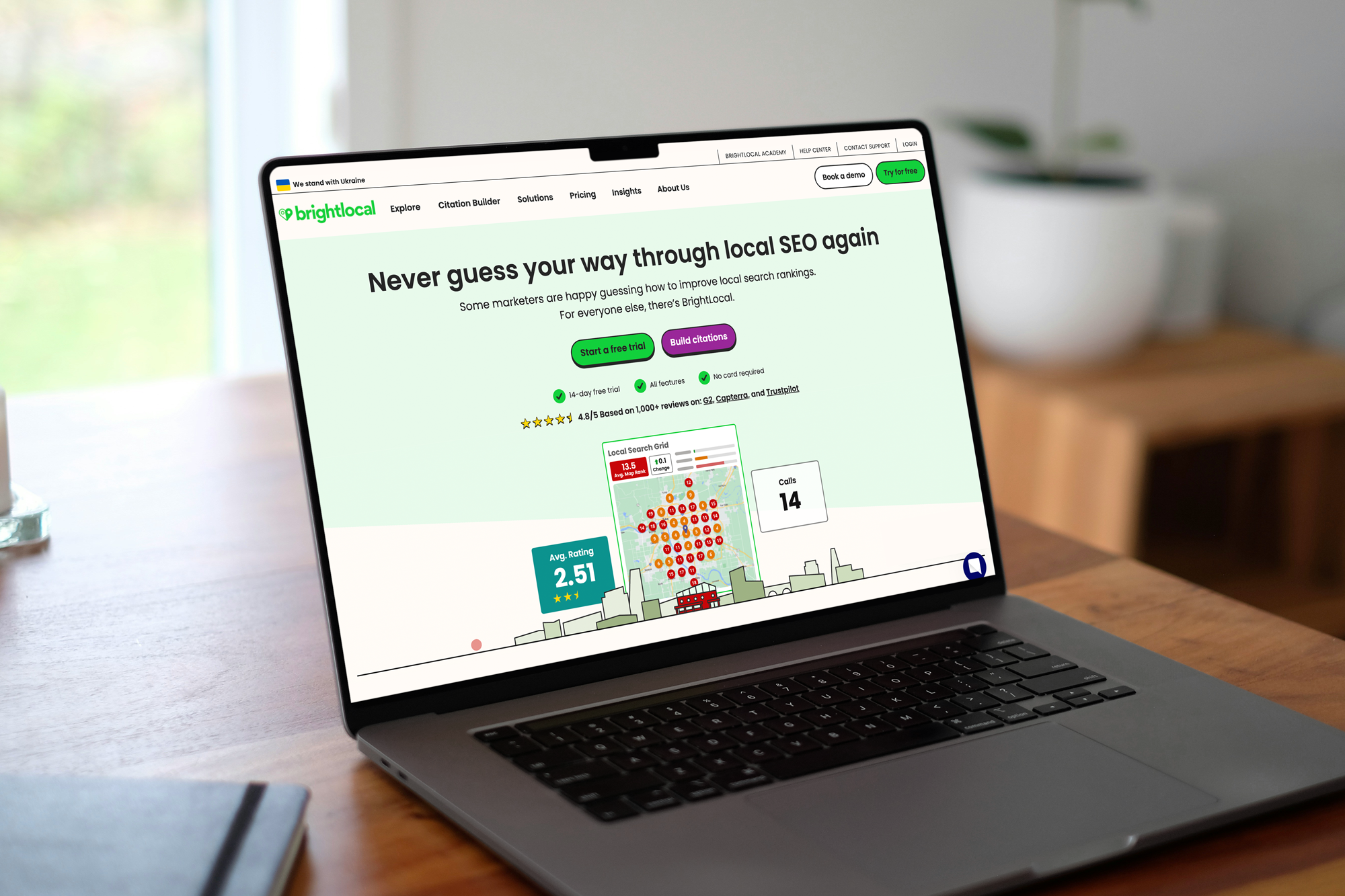
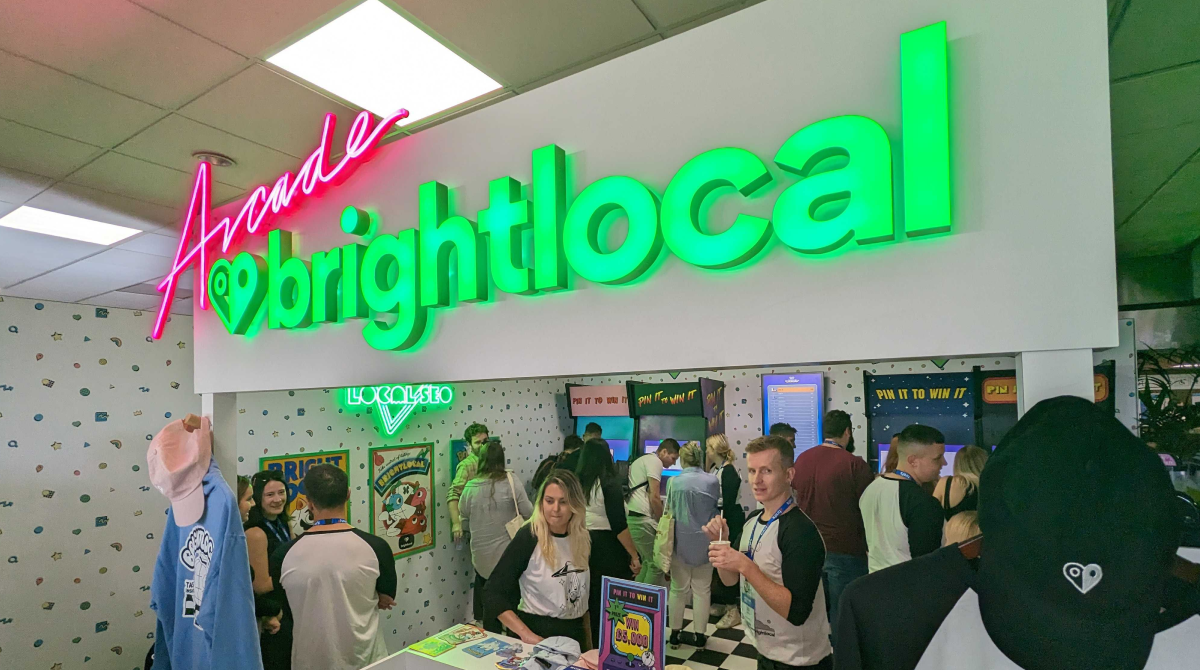
Execution
We started with the brand. I defined a new set of brand values and a clear tone of voice that could stretch from product UI to large-scale campaigns. The visual identity moved away from generic stock photography toward an expressive illustration system, grounded in flexibility, character, and recognisability.
A full suite of brand guidelines followed, covering tone, motion, and illustration to help teams deliver a coherent experience at every touchpoint from conference stands to customer support scripts.
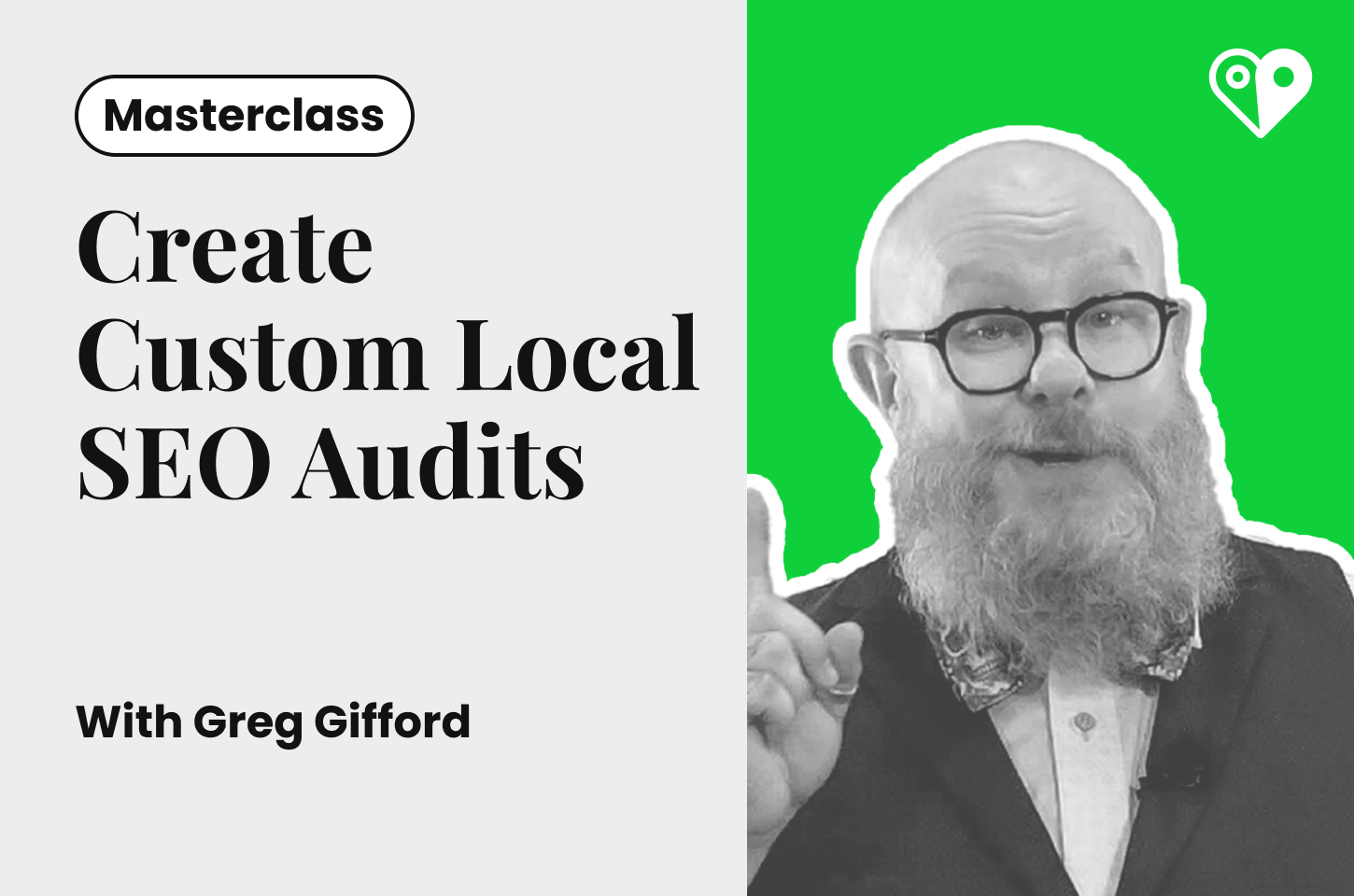
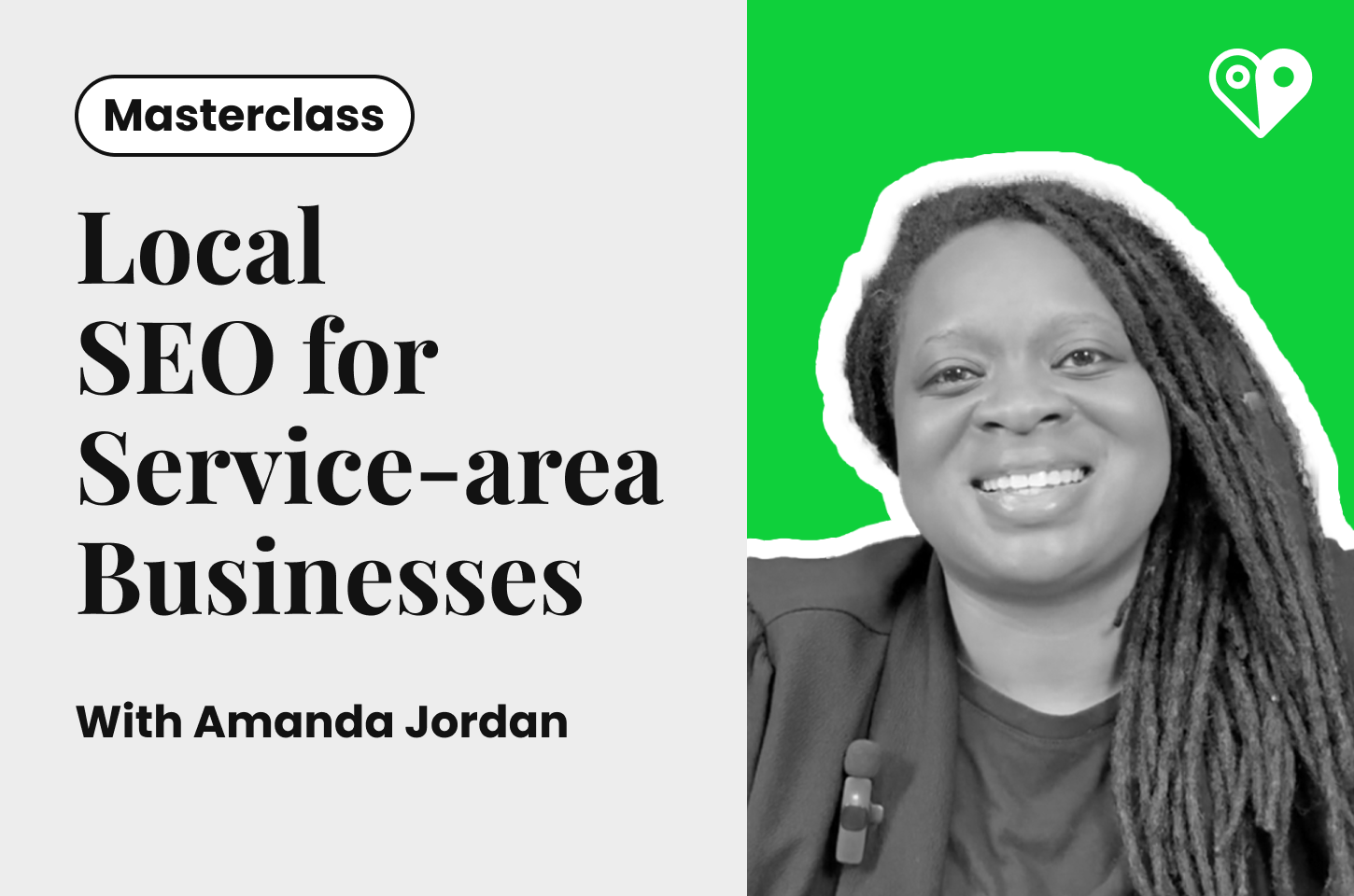
Alongside that, we introduced five core product design principles and a robust design system, ensuring the brand lived consistently across web, product, and internal tools. This was more than just visual polish; it was about designing for trust, clarity, and long-term usability.
To operationalise this, I rolled out agile-inspired creative workflows, implemented story points and t-shirt sizing across creative functions, and launched company-wide brand training. The goal: empower every team from sales to success to use the brand intentionally and well.
Culturally, this work reframed how BrightLocal thought about brand. Design became central, not surface. Creative leads gained real influence, and the business embraced design as a growth enabler, not just an aesthetic layer.

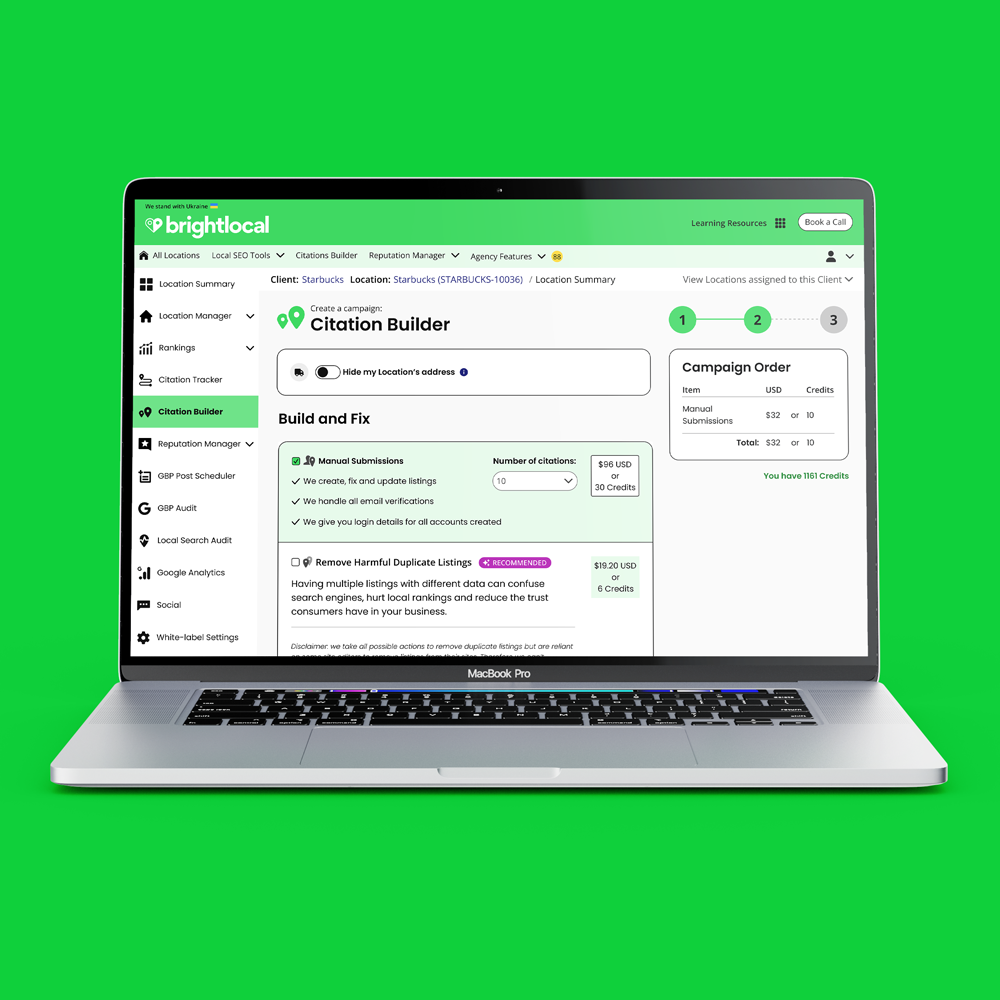
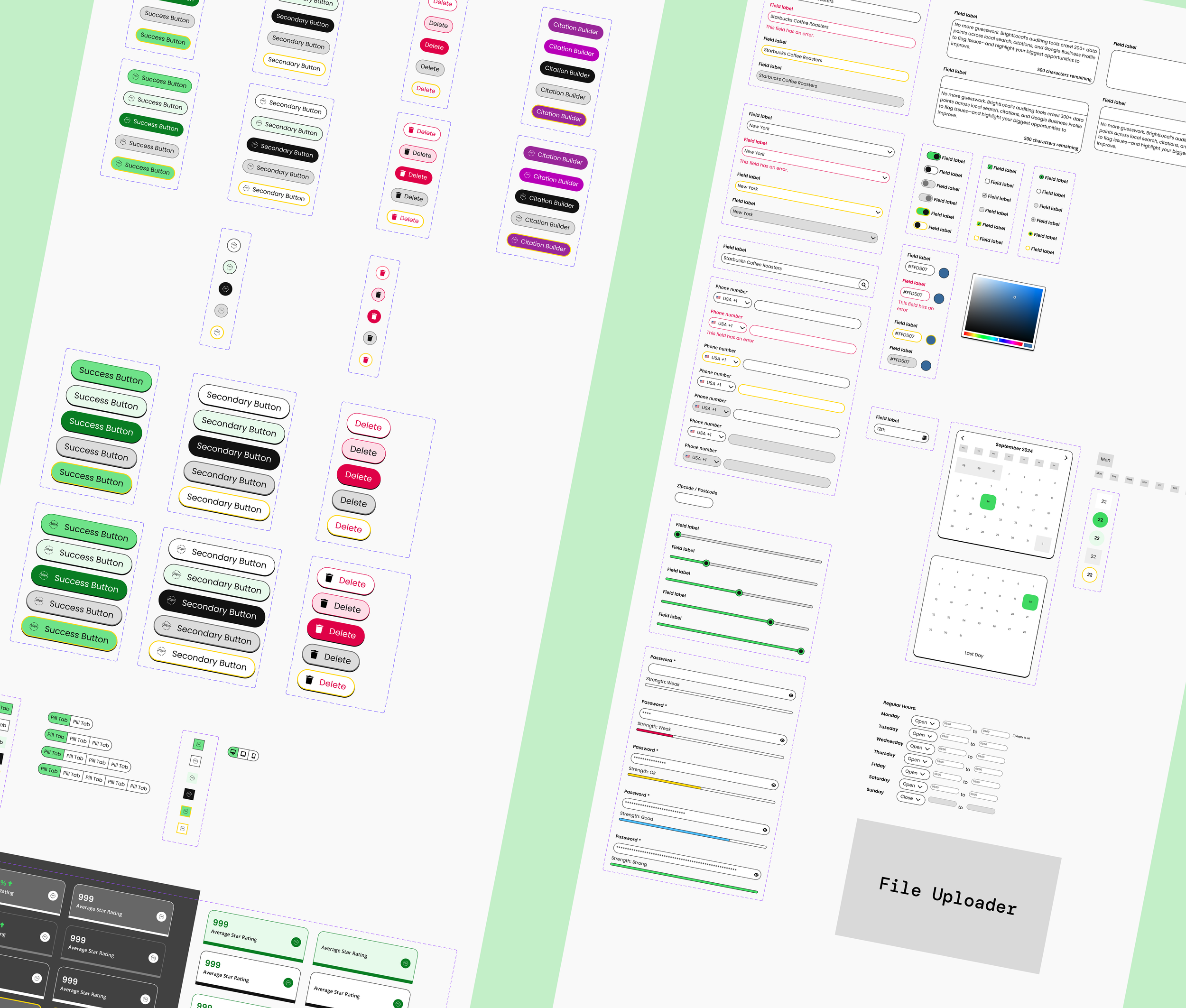
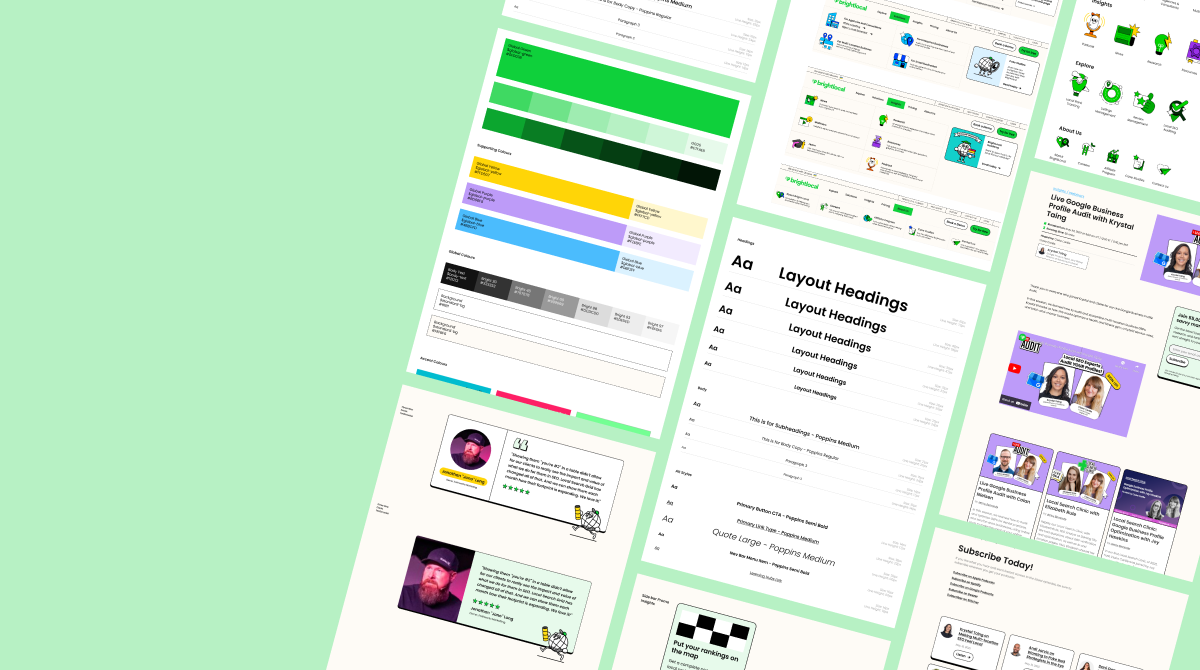
Impact
The rebrand delivered immediate and lasting results. Trial-to-paid conversion rose by 28%, and monthly revenue from new users grew by 36%. Paid campaigns across social and OOH hit a record 62% conversion rate, driven by brand storytelling aligned with user behaviour.
Churn dropped. NPS climbed. And for the first time, the sales team successfully closed enterprise-level deals, proof that trust and clarity had finally caught up to the product's capability.
Internally, the shift was just as visible. The design team grew from 4 to 16, gaining influence and embedding a design-first mindset across the company.
The transformation extended beyond the core brand, too. BrightLocal Academy, a separate learning platform, was brought under the new visual and strategic umbrella, cementing consistency across the entire ecosystem.
